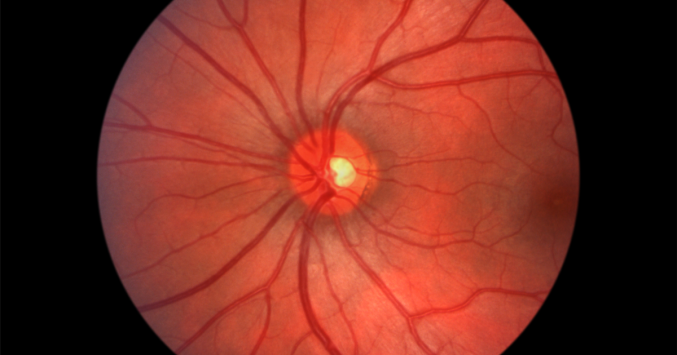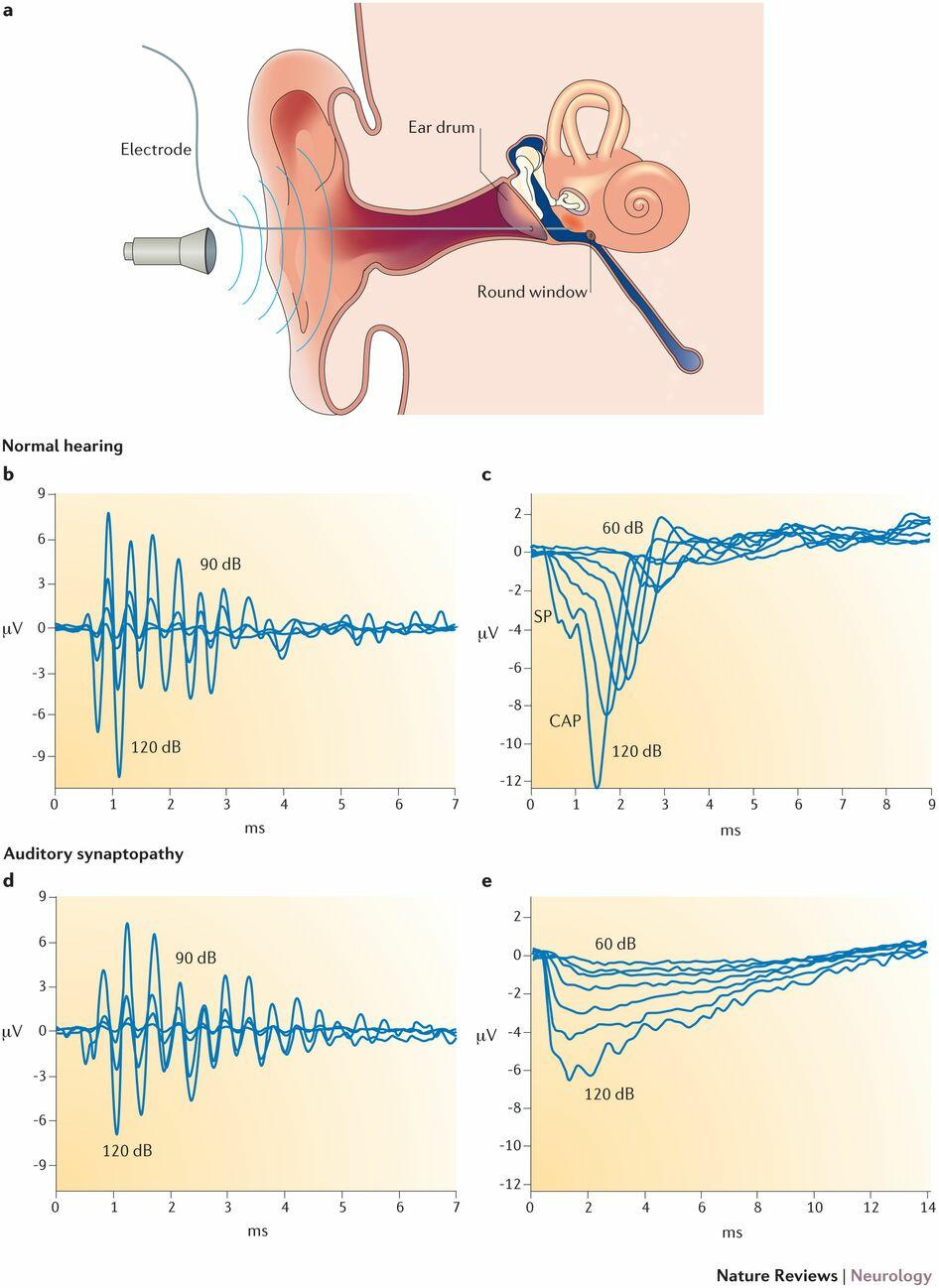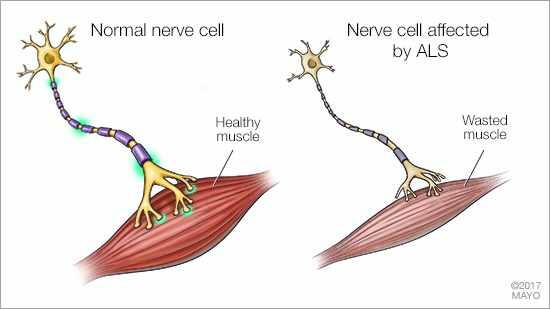Neurological conditions are usually complex disorders that affect a person’s quality of life. This paper aims to review three neurological diseases impacting ears, eyes, and the system in general. Neurological disorder connected to eye functioning is optic neuritis, which is a malfunctioning of the immune system during which it attacks the protective nerve coverings (Knobbe). Symptoms include loss of eyesight and impairment of other sensory functions. Typically, the cause of multiple sclerosis and this condition affect people over the age of 45 (Knobbe). Other causes include toxoplasmosis, neurological disorders, or genetic issues. The diagnostics include an eye examination, and treatment involves IV steroids. Photo 1 displays an image of the eye, where the eye nerve affected by the optic neuritis can be seen.

Auditory neuropathy is a disease due to which the inner ear is unable to send the signal to the brain, despite being able to detect it successfully. The diagnostics involve a hearing test and assessment of speech perception capabilities. Although people with this condition may have a mild or small hearing impairment, a specific symptom is difficulties when recognizing words and speech while hearing the sounds. Also, auditory brainstem response and otoacoustic emission are used for detecting the disease (“Auditory Neuropathy”). There are several causes, including damage of the hair cells and impairment of the neurotransmitter cells that are responsible for ensuring that sound is transmitted to the brain. Additionally, a genetic mutation affecting this sensory system is another possible cause.
Auditory neuropathy treatment involves hearing aids, implants, or other devices that can help improve this function. However, no medical or surgical procedure that would illuminate the cause of this condition is currently used by the professionals in the field. Instead, the patients are encouraged to improve their listening and communication skills to improve their quality of life (“Auditory Neuropathy”). No prevention practices can ensure that this disease does not develop. Based on the information above, one can conclude that the main anatomical structures affected are the inner ear, nerves, and neurotransmitters. Photo 2 displays the inner ear that is affected by the condition in question.

The last neurological disease that will be discussed in this paper is amyotrophic lateral sclerosis (ALS). It affects the muscles by impacting the ability of nerve cells to transmit the signal (“ALS”). In general, people in the age range of 40 to 60 are diagnosed with this condition. The symptoms include the inability to control muscles, loss of strengths and coordination, fatigue, issues with breathing or swallowing (Dana). Physical exams can help a medical professional diagnose ALS in addition to blood and urine tests. Electromyography is another valid approach to determining the functioning of the nerves (“ALS”). Riluzole is used to slow the progression of the condition; however, it cannot illuminate the symptoms entirely. Other medication can be prescribed to manage pain and minimize symptoms based on patient characteristics. Image 1 provides an understanding of how ALS impacts the nerves. Overall, the three conditions discussed in this paper provide an understanding of the common neural system disorders.

Works Cited
“ALS.” UCSF Health, Web.
“Auditory Neuropathy.”NIH, Web.
Knobbe, Chris, “Optic Neuritis and Neuropathy: Symptoms, Causes, Treatments.”All About Vision, Web.
Moser, Tobias, and Arnold Starr. “Auditory Neuropathy — Neural and Synaptic Mechanisms.” Nature Reviews Neurology, vol. 12, no. 3, 2016, pp. 135-149.
Sparks, Dana. “Learn More about Amyotrophic Lateral Sclerosis, or ALS.” Mayo Clinic, Web.